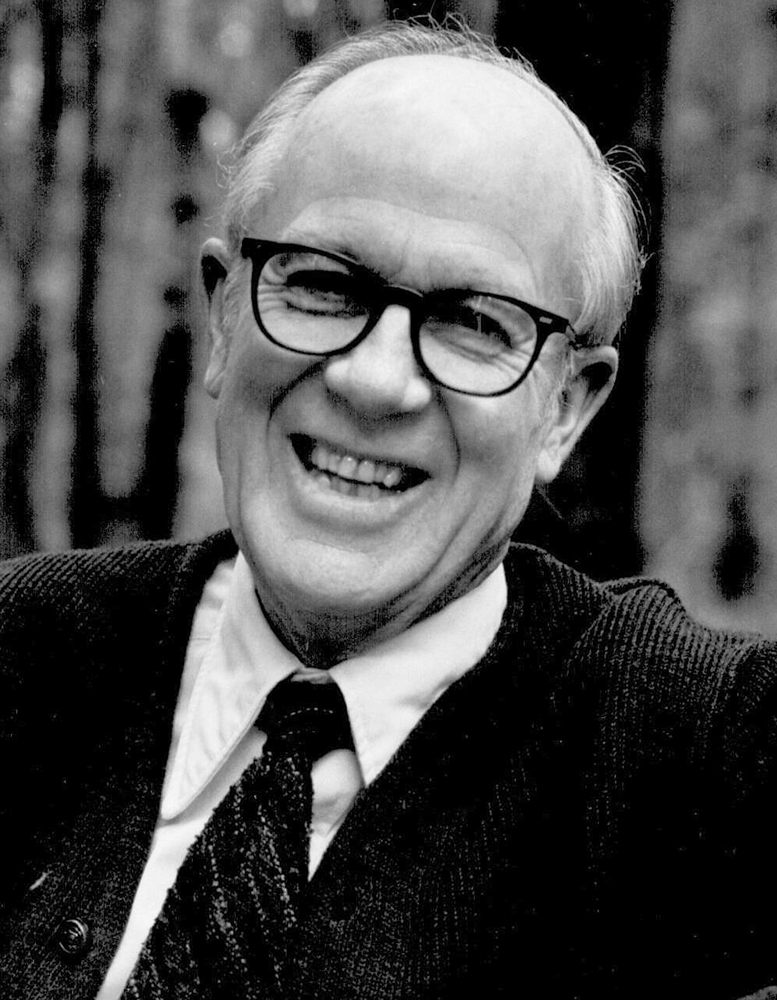Fay Godwin
Fay Godwin was a British photographer known for her black-and-white landscapes of the British countryside and coast. She was born on the 17th of February, 1931 in Berlin, Germany and she died on the 27th of May 27, 2005 in Hastings, United Kingdom. She photographed many different landscapes that fit into our definition of romanticism, as her photos showed the true beauty of the wild nature around us.
Her photography has sometimes been linked to a tradition of romantic representations of the British landscape, in the manner of Bill Brandt or Edwin Smith. But, as a socialist and active environmentalist, Godwin makes the land in her photographs reveal traces of its history, through mankind’s occupation and and intervention.
“My way into photography was through family snaps in the mid-1960s. I had no formal training, but after the snaps came portraits, reportage, and finally, through my love of walking, landscape photography, all in black and white. A Fellowship with the National Museum of Photography in Bradford led to urban landscape in colour, and very personal close-up work in colour has followed”
— Fay Godwin, ca. 2000

Analysis

This is one of Godwin’s photographs that she took, capturing an old, broken down fence situated in a deep forest that continues to grow around it and slowly start to engulf it in its greenery. This photo clearly presents the idea of the sublime, comparing a the ma made fence hidden in the depths of the wild forest around it, indicating the insignificance of human’s and their creations. There is a mixture of tone in this image, there being a gradual transition between light and dark tones throughout the image. The grass on the forest floor has a dark tone and the sunrays flowing in through the tree tops are made up from light tones. Furthermore, the sunrays shining through the trees create leading lines in the photograph, guiding our eyes through the image and causing us to take in all the details situated in the photograph. This image consists of a very apparent foreground, mid ground and background. The sunrays glowing through the image create a distracting foreground, while the fence creates a contrasting midground and the shadows of the trees deeper in the forest create a background. This creates depth in the image, portraying how Godwin saw the forest in its many different aspects and parts, causing the photo to appear deeper. There is a pattern created by the repetition of straight sunrays reaching the forest floor, creating an interesting look within the photograph. There is a strength of lightness created by the sun, which illuminated the dark forest and uncovering details that would normally be hidden by the shade cast by the trees. The texture of the photograph appears quite gritty, due to the camera the photo was taken on, this contrasting with the smooth and linear appearance of the rays. The composition of the sunrays flowing out of the top left corner of the photo, causes it to become the area of focus, being the brightest and most visible area of the image.
Wynn Bullock
Wynn Bullock was an American photographer whose work is included in over 90 major museum collections around the world. He received substantial critical acclaim during his lifetime, published numerous books and is mentioned in all the standard histories of modern photography. He was born on the 18th of April, 1902 in Chicago, Illinois, USA and he died on the 16th of November, 1975 in Monterey, California, USA.
“Theoretical scientists who probe the secrets of the universe and philosophers who seek answers to existence, as well as painters such as Paul Klee who find the thoughts of men of science compatible with art, influence me far more than most photographers.”
— Wynn Bullock

Analysis

This is one of Bullock’s photographs that he captured, photographing a mountain range that reaches above the clouds. This includes the idea of the sublime by showing a untouched aspect of nature, reaching higher than any building a human could create. Bullock clearly focussed on tone, creating an image that highly contrasts between dark and light tones. Each dark mountain is separated by the light tones created by the misty clouds. There is also a contrast between texture, the mountains having a rocky, harsh texture and the clouds having a misty, smooth and wispy texture that flows between the rocky landscape. There is also a clear foreground and background in this image, creating depth in the photograph and showing the vast landscape that Bullock was face to face with. The interchanging between the rocks and the mist causes there to be a pattern in the photograph, causing the photo to be even more effective and unique.

Good progress overall…evidence of hard work throughout
To be able to improve and highlight key areas of exceptional ability you must refer to the marking criteria and 10 Step Process too…here is the link https://hautlieucreative.co.uk/photo24al/2022/09/30/assessment-criteria-2/